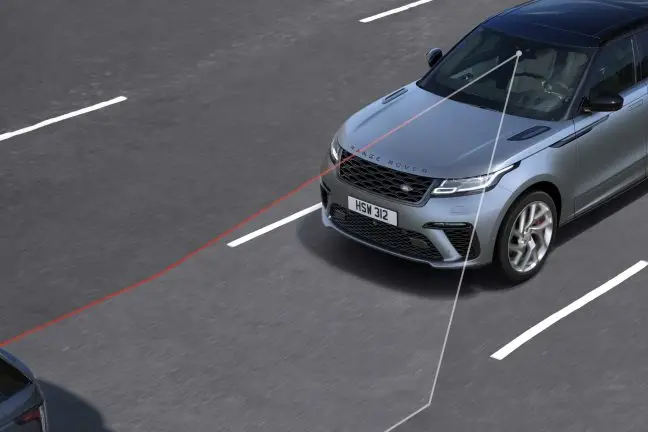A recent initiative aims to enhance drivers’ understanding of advanced on-board safety features, crucial for today’s vehicles.
With the incorporation of more Advanced Driver Assistance Systems (ADAS) than ever, many drivers remain unaware of their functionalities.
The Growing Importance of ADAS
Advanced Driver Assistance Systems (ADAS) have become a cornerstone of modern vehicle safety. These systems, ranging from autonomous emergency braking to reversing collision detection, are designed to enhance driver and passenger safety.
Despite their importance, many drivers are not fully aware of how these systems work. A recent survey highlighted that 41% of respondents are unclear about the functionalities of their ADAS. This gap in knowledge can lead to underutilisation of these critical safety features.
Challenges in Driver Awareness
One significant issue is that ADAS systems can be rendered ineffective if vehicle sensors are obscured by dirt or debris. The survey found that many drivers are unaware of this fact, potentially compromising the safety that these systems are meant to provide.
Additionally, there is a general lack of understanding about the maintenance and proper use of ADAS, further complicating their effective deployment.
Collaborative Efforts to Educate Drivers
To address these challenges, manufacturers are collaborating with regulatory bodies. JLR has partnered with the Driver and Vehicle Standards Agency (DVSA) to update driver guidebooks and public literature, providing clearer information on ADAS.
Thomas Mueller, Executive Director of Product Engineering, stated, “It is vital that drivers learn about the systems fitted to their cars and how to operate and maintain them so that they work most effectively.”
The DVSA has also been proactive in issuing public guidance to increase driver awareness, aiming to bridge the knowledge gap identified in the survey.
The Role of Technology in Enhancing Safety
Technological advancements have significantly improved road safety in recent years. ADAS, now a mandatory feature in new cars, has been a key contributor to this improvement.
JLR is at the forefront of integrating next-generation technologies. Their upcoming electric vehicles will feature the NVIDIA DRIVE software platform, which includes a broad array of active safety systems, automated driving, and parking capabilities.
Inside the vehicle, AI-driven features such as driver and occupant monitoring, and enhanced visualisation of the vehicle’s surroundings, will further bolster safety mechanisms.
Maintaining and Operating ADAS Systems
Proper maintenance is crucial for the optimal functioning of ADAS. Drivers need to ensure that sensors and cameras are clean and unobstructed.
Regular vehicle servicing can help in identifying and rectifying issues with ADAS components, ensuring they remain in good working order.
Understanding the alerts and warnings provided by the ADAS will allow drivers to respond promptly to any issues, enhancing overall safety on the road.
Future Prospects and Continued Education
The future of vehicle safety relies heavily on continued driver education and technological integration. As vehicles become more advanced, the necessity for driver awareness and understanding of in-built systems grows.
JLR’s initiative to raise driver awareness is a step in the right direction, setting a benchmark for other manufacturers to follow.
Concluding Thoughts
In summary, while ADAS provides significant safety benefits, their effectiveness depends on driver awareness and understanding.
Continuous education and proactive measures by both manufacturers and regulatory bodies are essential to fully realise the potential of these advanced systems.
Advanced on-board safety features are vital for modern vehicle safety, yet driver awareness remains a challenge.
Manufacturers and regulatory bodies must work together to educate drivers, ensuring these technologies are effectively utilised.

